Which label printing technology is right for you? Get smart now.
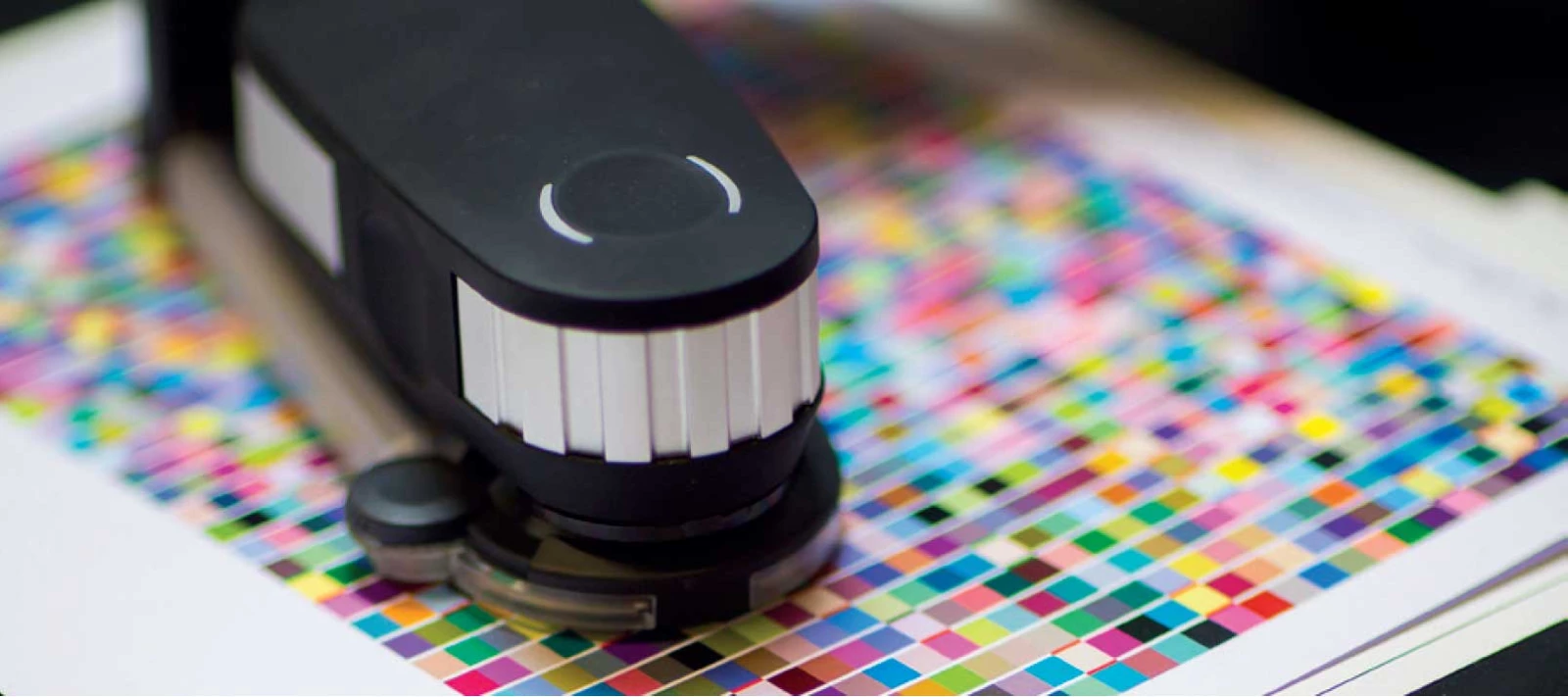
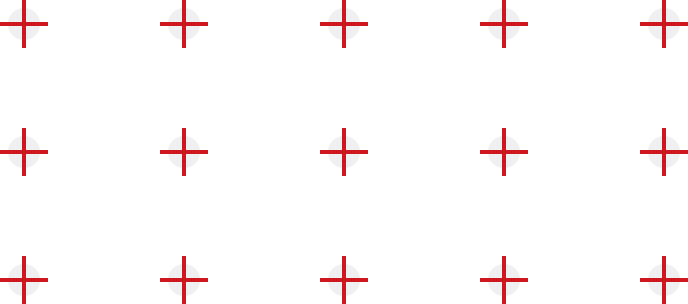
The printing business is a vibrant market. Digital technology and clients are breaking creative barriers as we speak. Exciting? You bet. But do you really have to understand the difference between the various digital printing technologies? You just want to print, right?
Sure, but look at the conventional market. It has a broad range of technologies: letterpress offset, flexo, gravure, screenprint, etc. These technologies exist because each has its unique strength and gives your printing business a competitive edge.
So to ensure that your digital investment can address the application and end-use segments you aim for, take a few minutes to do a little homework. What you learn about each technology - water-based inkjet, UV inkjet, liquid toner, dry toner - can have a direct impact on your business’ success.
At some point, the printer looking to invest in a lively market has to ask him or herself: “Which technology should I go for?”
The major question? The choice between dry toner and UV inkjet solutions. Let’s start there.
Dry toner is a powder-like material that is fused onto its substrate by applying heat. Inkjet, on the other hand, is jetted onto a substrate as liquid droplets. This fundamental difference creates pros and cons both ways.
For example, inkjets being liquid can be absorbed by a substrate to a degree. Yet as they are jetted they depend less on the substrate to create an image. Also, by increasing the droplet size you can generate a thicker layer, resulting in a tactile or more haptic effect.
The difference in transmission – fusion as opposed to jetting – can also affect the precision of the image dot positioning.
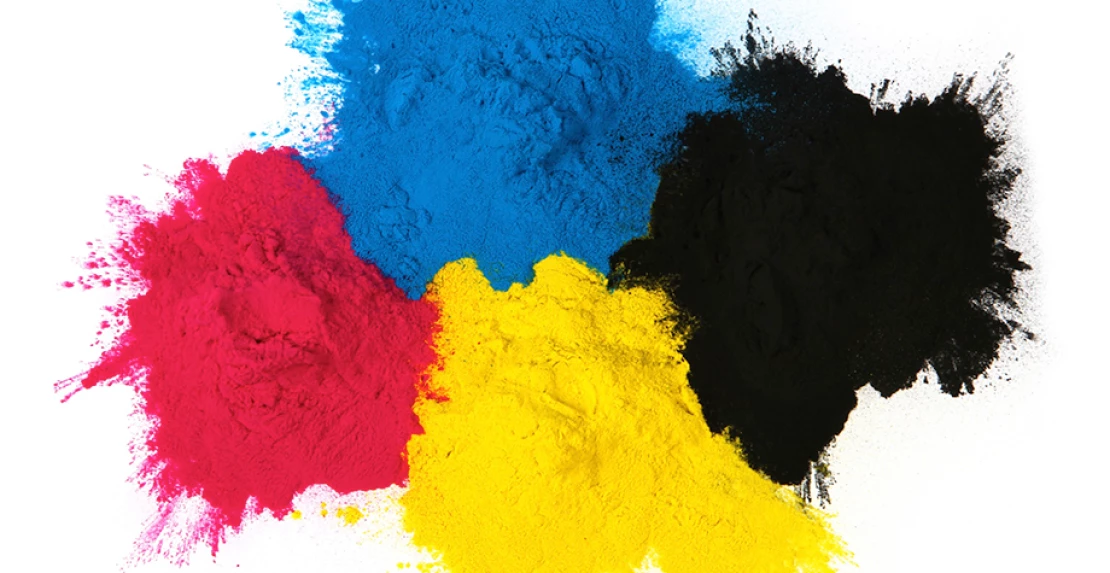
Needless to say, there is no right or wrong answer to the dry toner vs inkjet question. The golden egg depends on what you are trying to achieve. Best keep a few details in mind:
For instance, the individual particle sizes of dry toner and inkjet are very different. An image dot size of 21µm consists of 10-15 toner particles or 60-80 inkjet droplets. This, in turn, affects the opacity.
What’s more, the effective dot size can vary according to the printing solution and the substrate. A liquid inkjet droplet (3D shape) on a substrate will end up having a larger final diameter as it is transformed to a 2D shape. This also varies according to the absorption of the substrate.
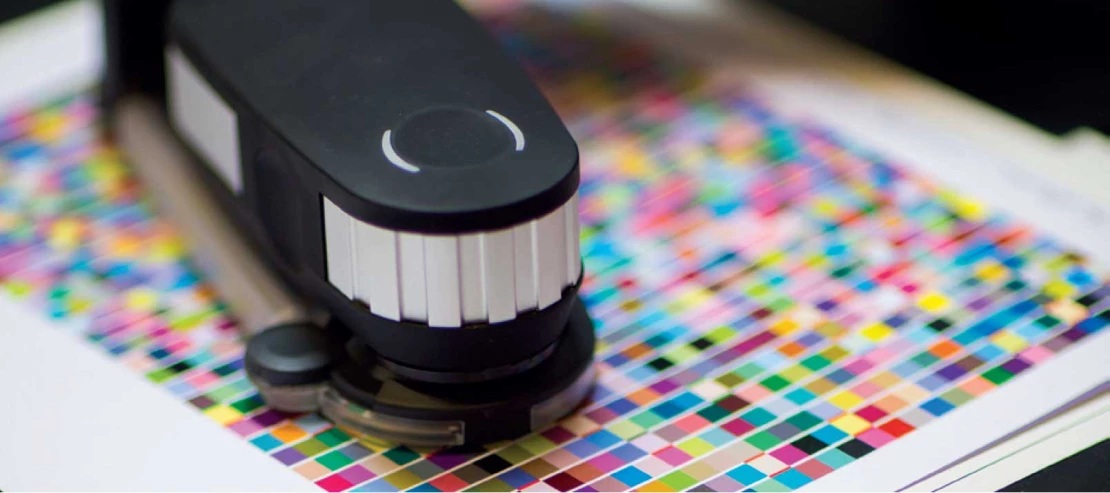
For any printing job, one given characteristic will be more important than the others. See how dry toner and UV inkjets compare for a number of key points.
Low substrate surface energy means UV surfaces are more resistant to scratches and scuffing. Dry toner would require an extra layer (a laminate or more often varnish) to achieve the same result.
The layers of UV inkjet are effectively cross-linked. Simply put: They offer better broad chemical resistance than dry toner.
By nature, dry toner has an advantage over UV inkjet, as it is dry (fewer mobile components) and consists mainly of PET which intrinsically has the lowest molecular transmission rate. UV inkjet holds more harmful components and when not properly cured can migrate.
Opacity is largely a case of pigmentation concentration and particle size. Dry toner has the advantage in this case. The opacity of UV inks is comparable to screen printing.
The tactile effect is achieved by playing on the thickness of the printed layer. For this reason, UV inkjets provide a better result and can mimic the experience of screen printing
The chemical affinity between dry toner and paper substrates ensures good overall adhesion. To avoid ink penetration, a primer is required for UV inkjets.
The natural feel of printed dry toner is a satin-like gloss. The high viscosity of UV inkjets makes them the better choice when a high-gloss effect is required.
Dry toner and UV inkjet are very complementary technologies with huge potential. Depending on what you want to achieve, elements such as substrate conductivity and process reliability, can have an important effect on the results. Don’t let that put you off. A chat with one of our experts will bring you more clarity when choosing between dry toner and UV inkjets.
Think of the bigger picture: more flexibility, cost-effective short runs and increased productivity. Let us help you get there.
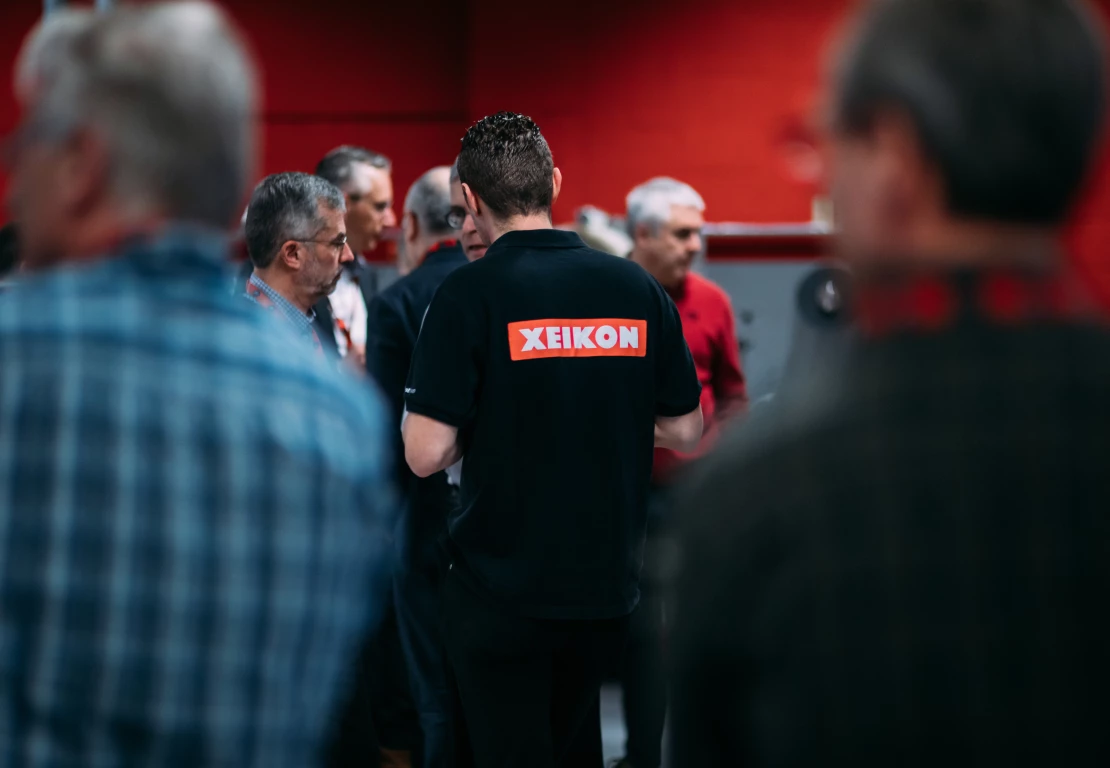
Whether you choose UV inkjet or Dry Toner printing, we have the ultimate combination of presses and products for your business’s perfect solution.
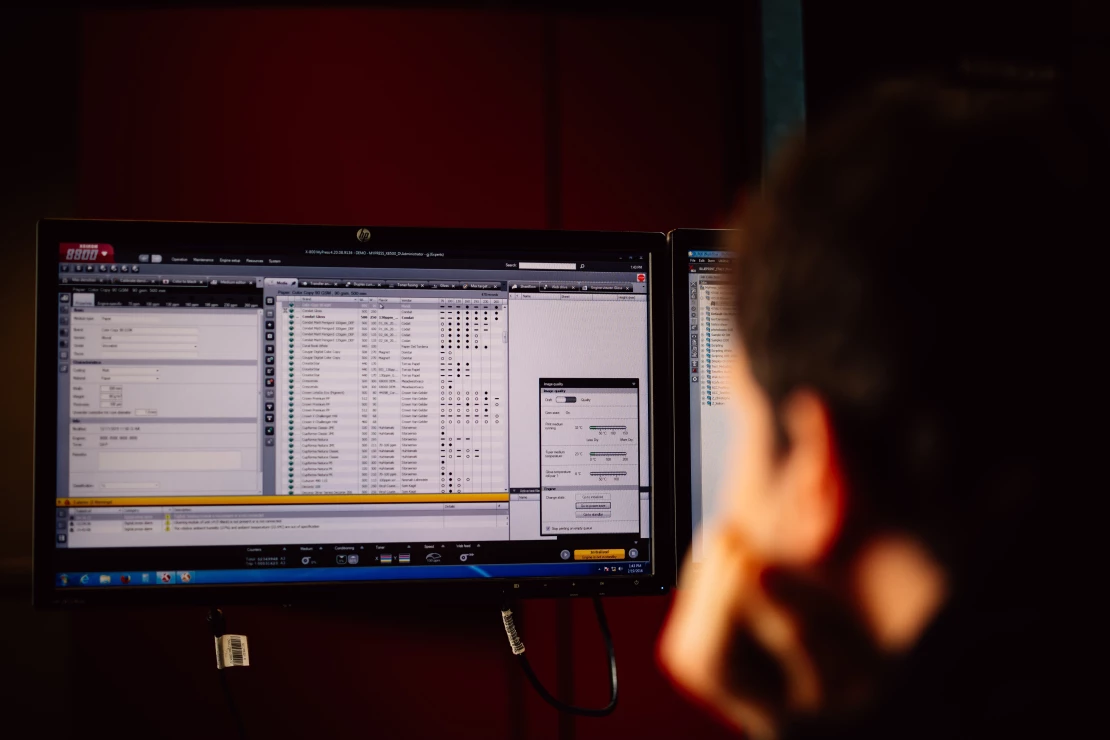
State-of-the-art printing technology
Consistently top-notch imagery
Over 30 years of experience
Expert advice & guidance